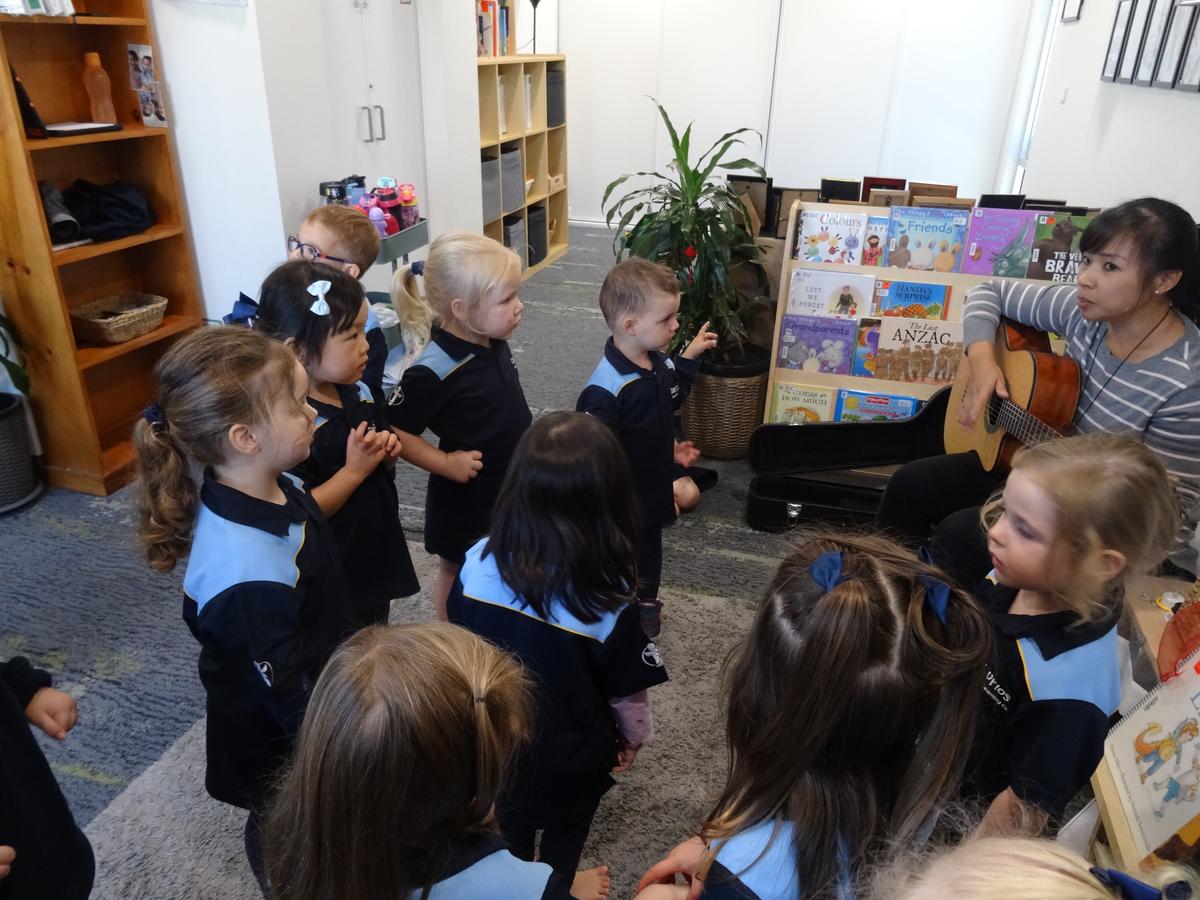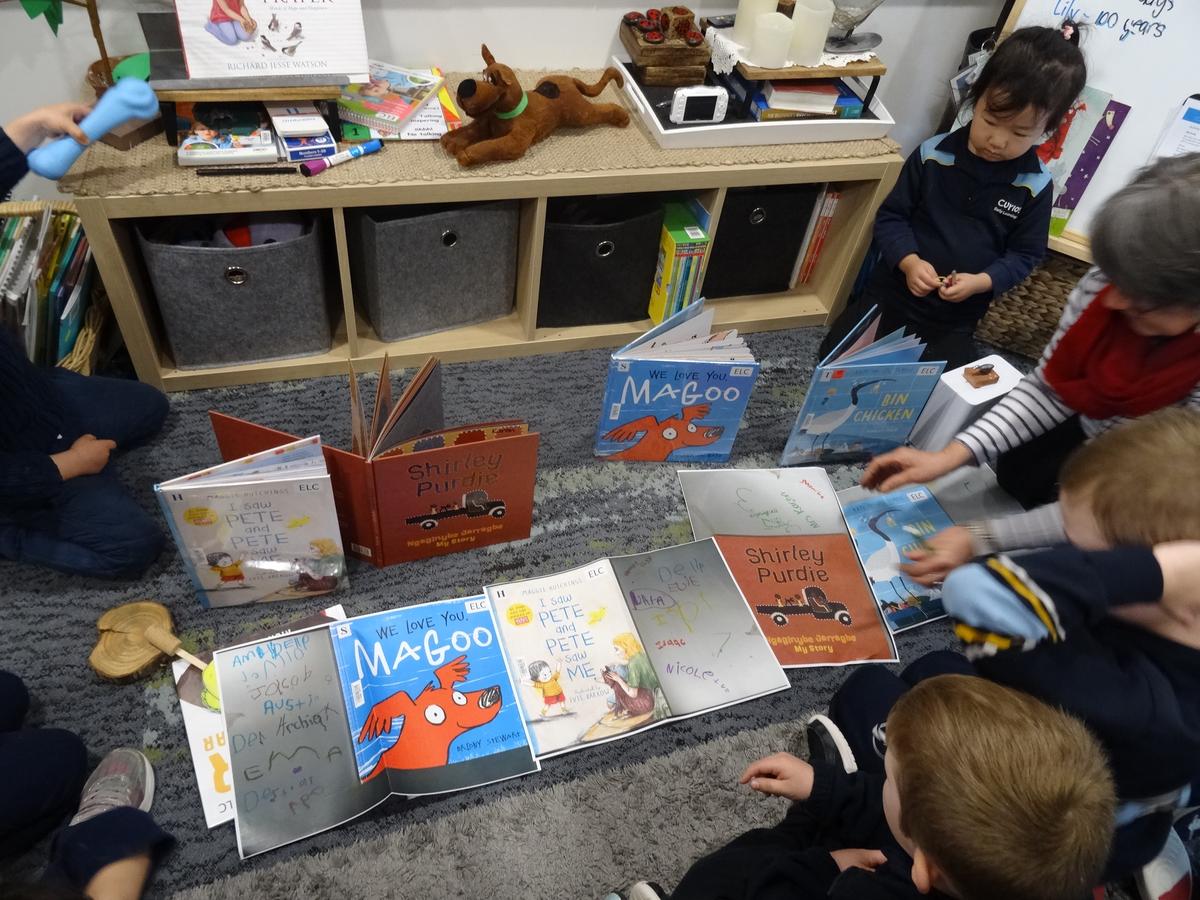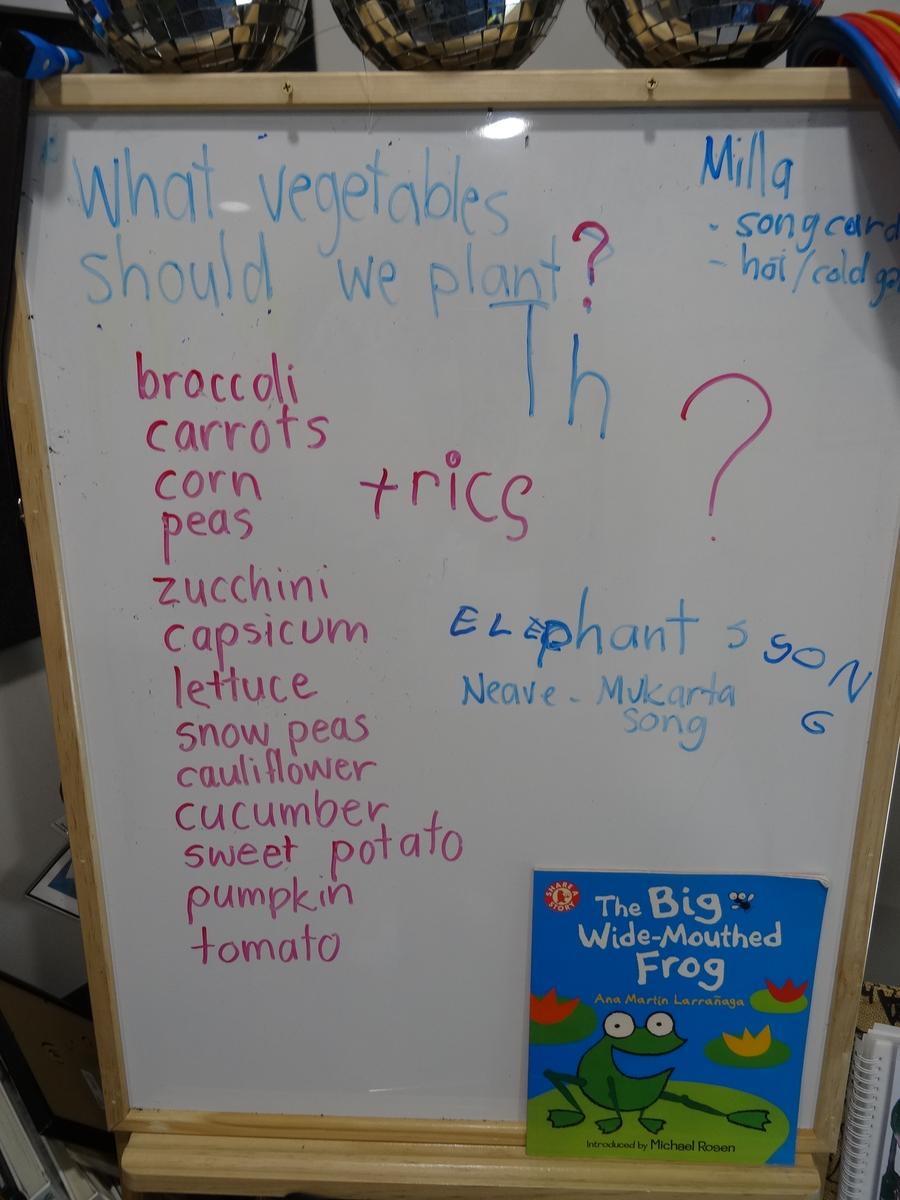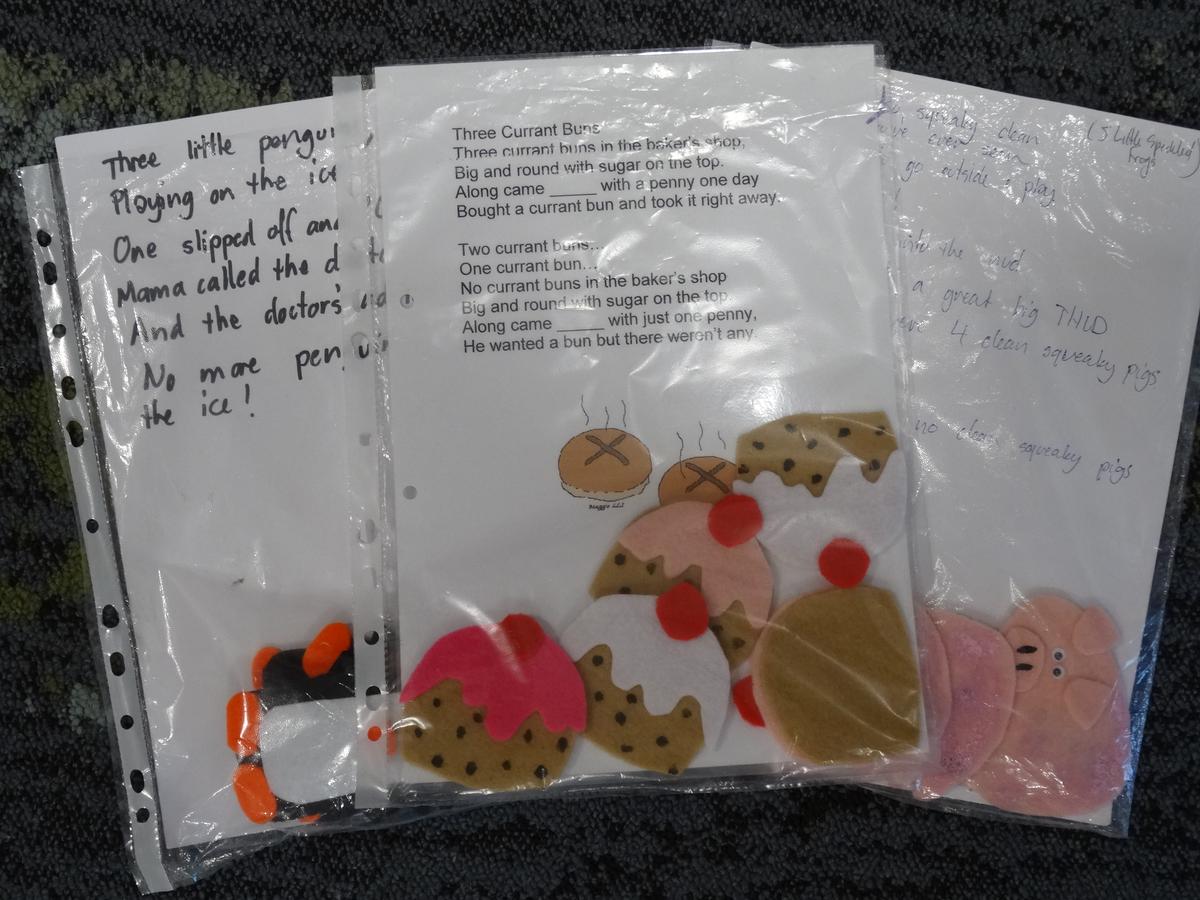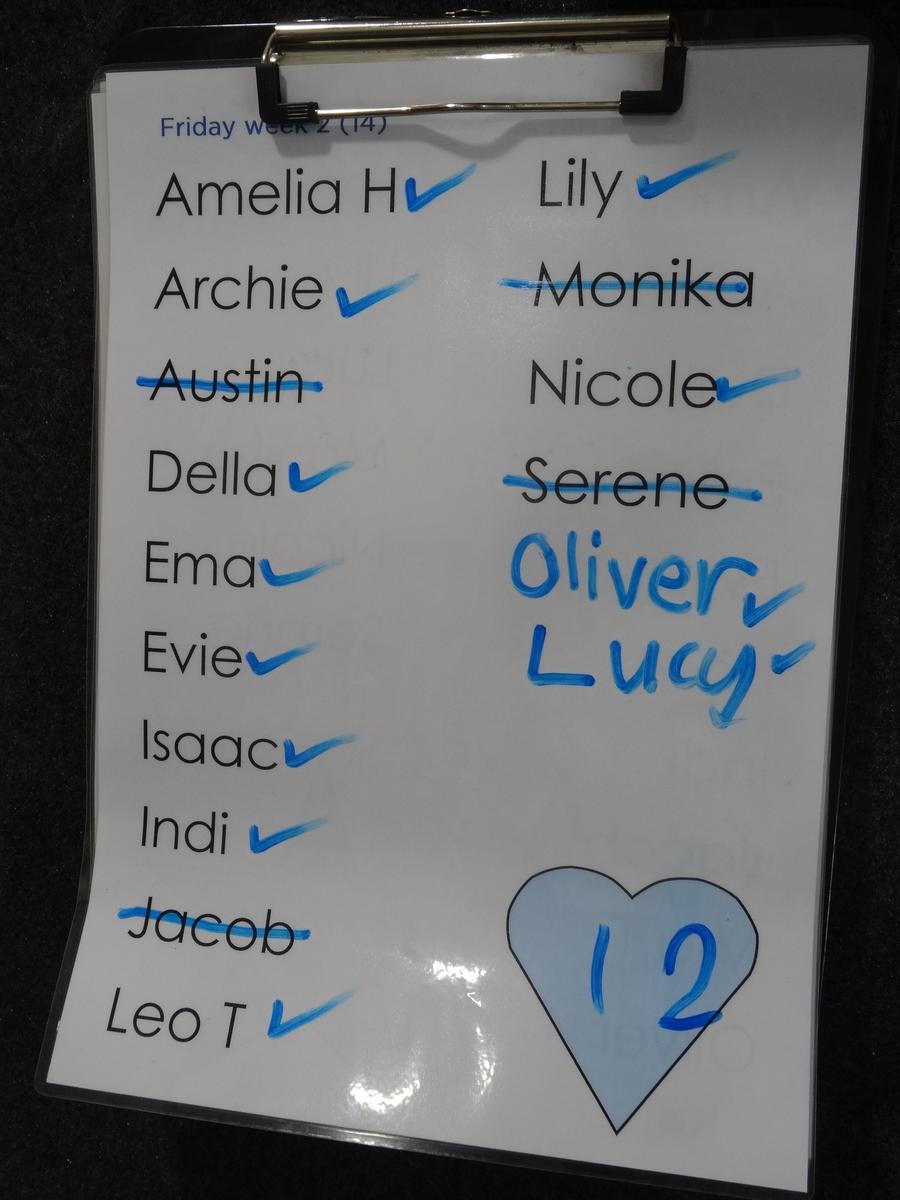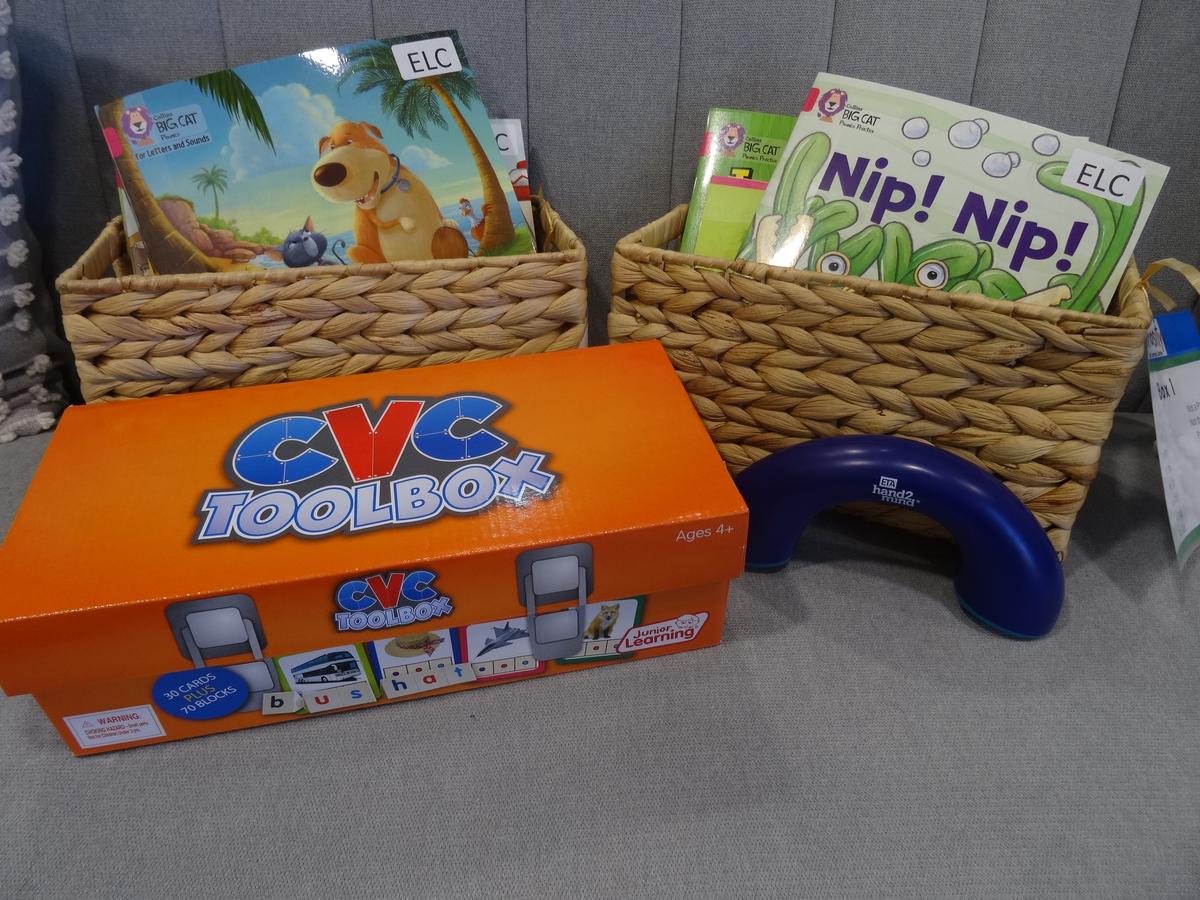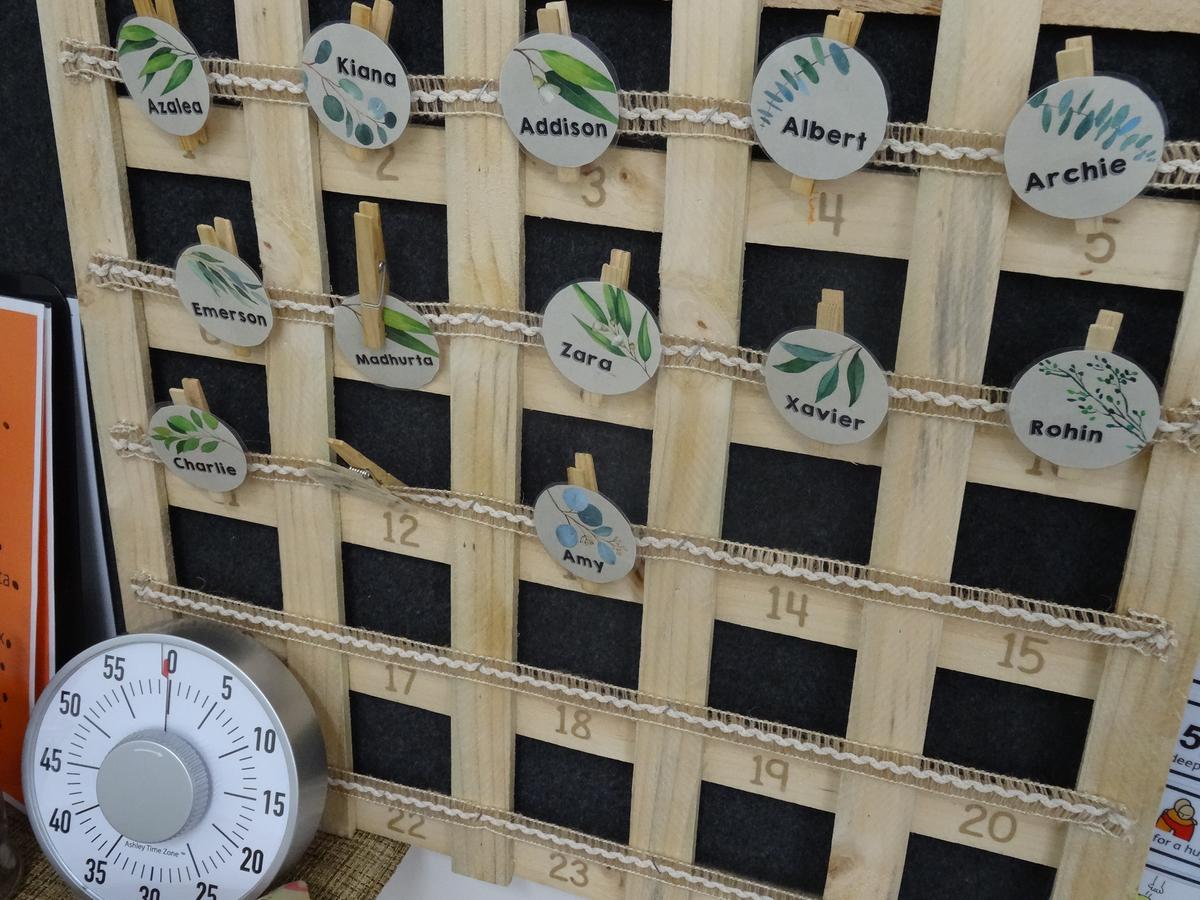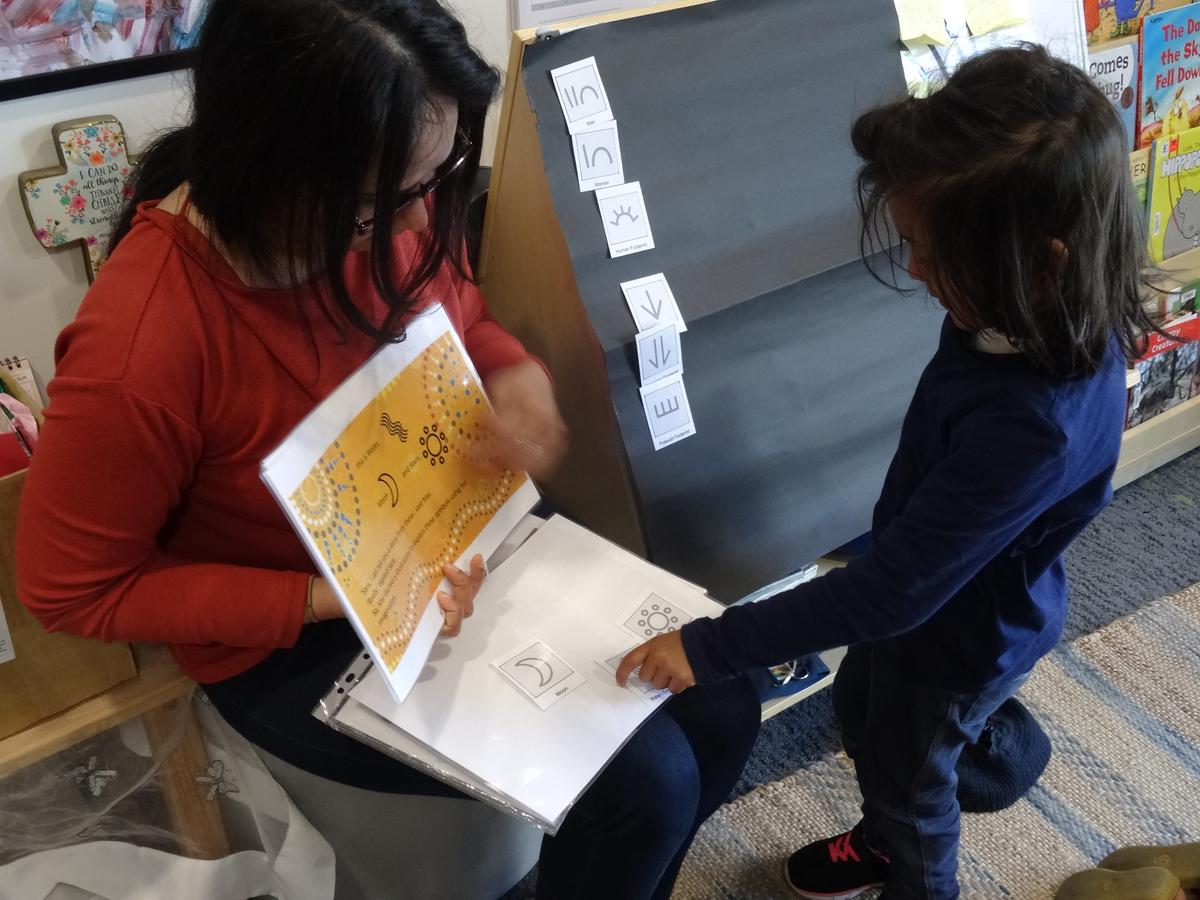The Process of Reading
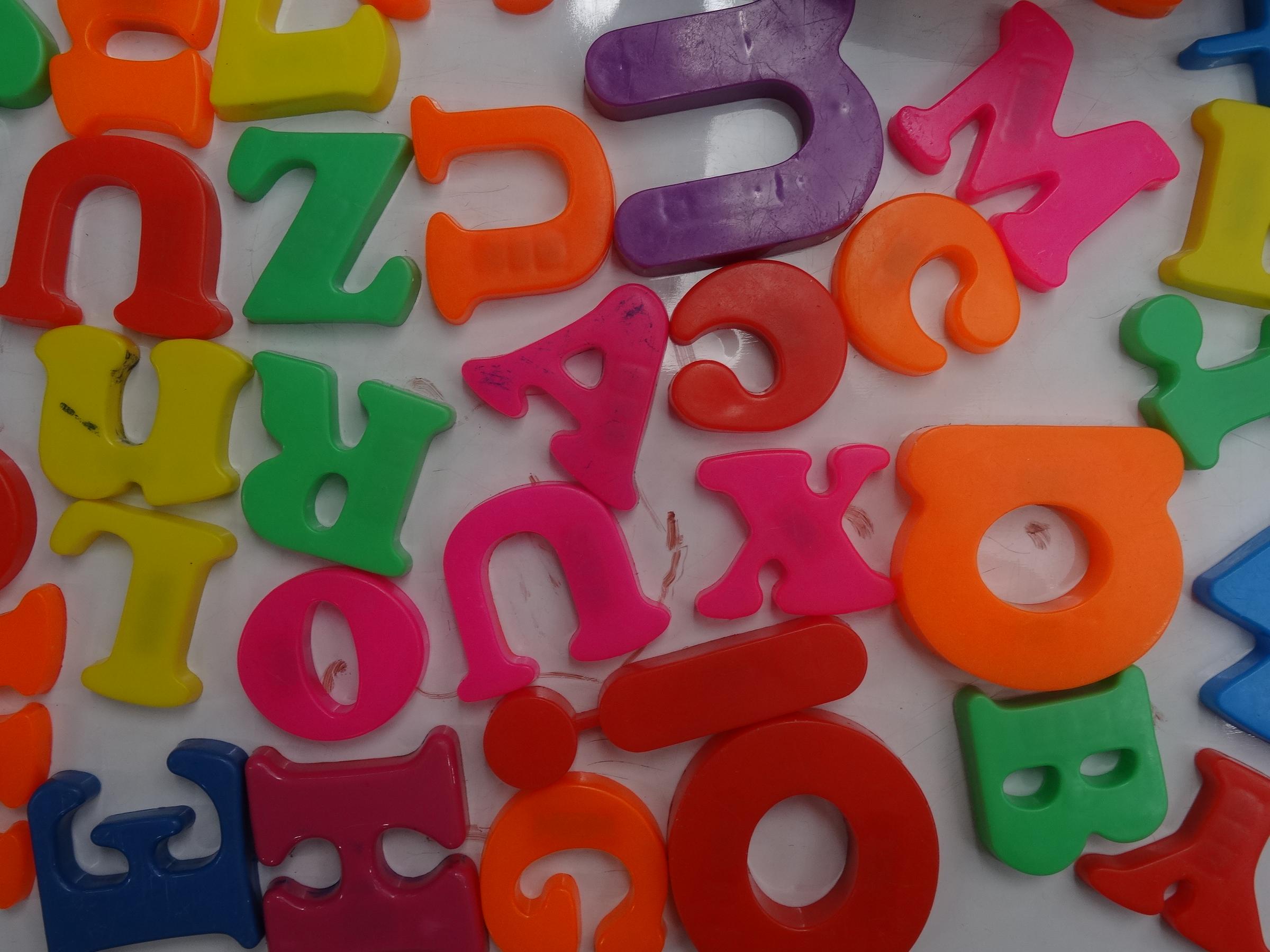
'ADE LAFWTS KRMD NTO A LAVATR.'
No, my dog hasn't just trod on my keyboard and typed in a whole lot of random letters, I have typed these in for you to read. Can you make out what this sentence says? If you can read, you have the skills to work it out. To help you out, I have put the answer on our 'Staying in Touch' page, but don't go there just yet - if you can.
We see our children at Curiosity reading everyday as they search out units of written language. They are reading their names and those of others, the magic number for the day, the day of the week, signs for where things go and where we should go, tracking words in books, and using all this experience to experiment with writing.
So how do we encourage and promote the development of reading with your children? To begin with, we continue with the process that you as parents have already started by reading to your child at home since they were babies. Reading to children is an extremely important part of the process as this is where children become aware of sound structures of language and how it is represented in print.
Phonological Awareness is the ability to recognise and manipulate the sound structures of spoken language. To hear the patterns that make up sound units that once joined together can create words and then sentences. It involves many different skills that then become ‘generalised’ to create the ability to make sense of spoken language. This is where the skills of reading begin. Each day you will hear the function of phonological language skills being woven into the children's days. Songs, rhymes, books with rhyming words, visual cards for matching beginning and end sounds, reading nooks, puppetry with stories, games with a focus on sounds and lots of talking.
With some of our children hearing units of sound and blending them together such as CVC (consonant, vowel, consonant) words, we have recently purchased some new resources to support our emerging readers. If you are interested in learning more about exploring this are of learning with your child feel free to share this at your upcoming 'Living & Learning' Conversation.

